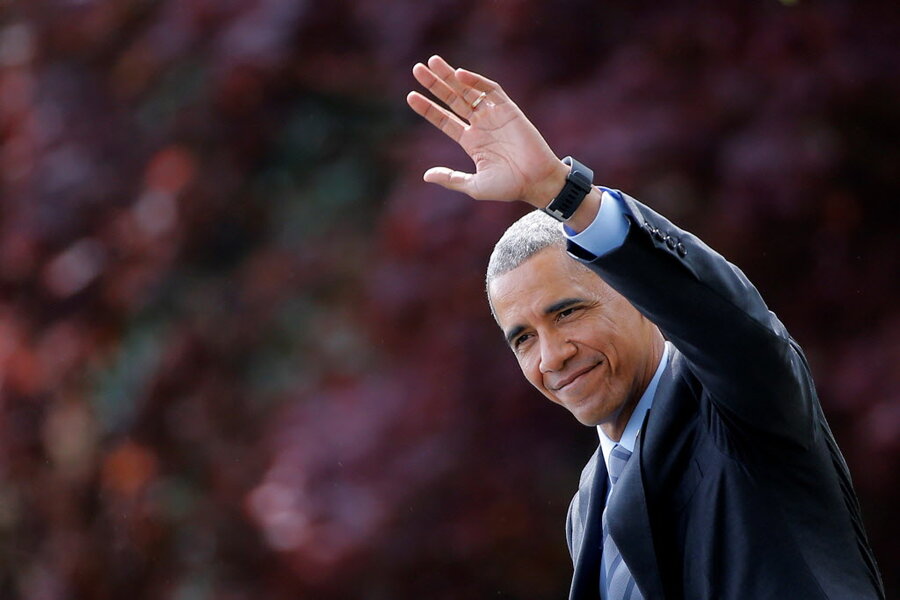What's in President Obama’s 2015 income tax return?
Loading...
Like millions of other Americans, President and Mrs. Obama filed their 2015 tax return shortly before the deadline. Unlike most of us, they also posted their return on the White House website for everyone to see. In many ways, their return paints a picture of a typical high-income working household—with one major exception: The Obamas gave much more generously to charity than most, even more than most of their fellow one-percenters.
More than 90 percent of the first couple’s income came from the president’s salary—the same $400,000 the country has paid its commander -in-chief since 2001 (reduced this year by a few thousand dollars for some unstated reason). The president also earned about $56,000 in book royalties and only a few hundred dollars from investments. After subtracting contributions to a retirement plan, a deduction for Medicare tax on the president’s income as an author, and $3,000 of capital losses, the couple’s adjusted gross income (AGI) totaled $436,065.
Like about a third of taxpayers—and nearly all high-income households—the Obamas itemized deductions. They reported more than $48,000 of state and local taxes, over $36,000 of mortgage interest, and $64,000 donated to charitable causes. The first two are fairly typical of people at the Obama’s income level but giving away about 14 percent of income is unusually generous, far more than the 2 percent Americans typically give away. After deducting about $145,000, the Obama’s taxable income was $290,640, putting them in the 33 percent tax bracket.
Tax on that income would be $71,440—about 25 percent of the Obamas’ taxable income (and 16 percent of their AGI). But, like about two-thirds of people at their income level, the Obamas were caught by the dreaded alternative minimum tax (AMT). That tax took away a portion of their deduction for state and local taxes, applied a different exemption and different tax rates, and added $7,743 to their tax bill.
After deducting nearly $1,000 of taxes they paid to other countries and adding $1,500 of self-employment tax and nearly $1,800 of additional Medicare tax imposed by the Affordable Care Act, the Obama’s bottom line came to about $81,500, about 18.7 percent of their AGI.
The Obamas were like the vast majority of American households in one other way: They got a big refund. About 80 percent of filers get some—or all, or even more than all—of their withheld tax payments back. The feds withheld about $99,000 from the President’s salary and the Obamas had applied $5,000 of their 2014 refund to their 2015 taxes. Their nearly $23,000 refund was more than eight times this year’s average $2,832 refund (through April 1, 2016).
Yes, except for its bigger numbers (and the AMT), the president’s tax return looked a lot like the returns of many Americans. If you want to learn more about the Obamas’ taxes, check out this interactive version put together by the Tax Policy Center.
This article first appeared at TaxVox.







